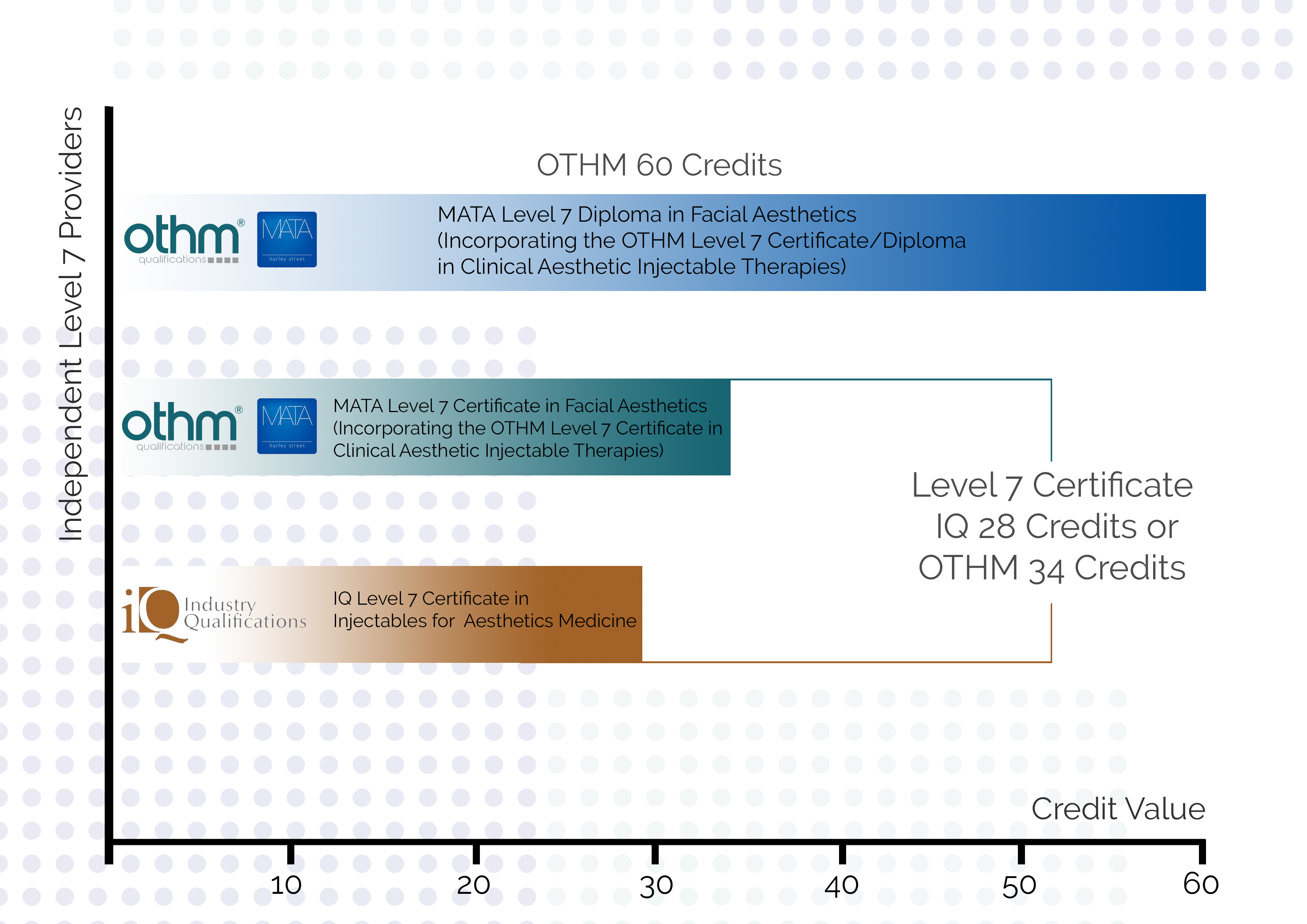 In this article, Elizabeth Dryburgh will discuss the reasons and different options available to dentists who wish to enter the aesthetics industry.
In this article, Elizabeth Dryburgh will discuss the reasons and different options available to dentists who wish to enter the aesthetics industry.
Dentists are one of the top tier healthcare professionals, knowledgeable and capable of easily expanding into aesthetics. In other words, dentists, unlike other healthcare professionals, have in-depth knowledge of orofacial structures with natural facial observational skills. Not to mention, regularly we have consumers visiting dentists to achieve the perfect smile, for example, the American Academy of Cosmetic Industry indicated a 500% increase in teeth whitening. After attaining the natural aesthetic ideal for your teeth, it’s common to start involving other aspects like lips, cheeks and chin structure. Even considering looking at aesthetic procedures to see if they can improve the appearance of their skin. Clearly, there is a market for cosmetic procedures within dentistry clinics.
But, why do dentists go into aesthetics? Many dentists seek to move out of an NHS environment and into private dentistry. For example, the NHS Confidence Monitor, an annual review assessing 500 dentistry professionals, reported 48% of dentists to see themselves working privately in five years. Going private makes it easier to set up your own business and transfer into aesthetics. Others may leave because they are unhappy, 42% indicated dissatisfaction with achieving a good work/life balance as working as a dentist in the NHS. Another 63% stated they were unhappy with feeling stressed in the workplace. While some dentists thoroughly enjoy dentistry but want to learn more and create additional opportunities. Transitioning into cosmetics allows professionals to seize control of their work autonomy, learn more and generate additional financial opportunities.
Certificate or diploma?
In the UK, there are myriad of options for dentists who wish to enter aesthetics, existing from certificates to fully-accredited diplomas. The Level 7 aesthetic postgraduate qualification is recognised by industry leaders, as a vocational equivalent to a masters in aesthetics. For example, Harley Academy, MATA (Medical Aesthetics Training Academy) and Cosmetic Courses, all offer a level seven certificate.
Harley Academy and Cosmetic Courses level seven are awarded by IQ (Industry Qualifications) and regulated by Ofqual [Regulated Qualifications Framework (RQF)]. Their certificate covers eight units exploring the principles and practice of Botulinum Toxin, dermatology, psychology and history of aesthetic medicine. Covering 180-280 e-learning hours, taking six to 18 months and assessments by SAQs (short answer questions), logbook, clinical observation days, supervised practice days and an objective structure clinical examination (OSCE). Additionally, Harley Academy offers 1:1 training spanning four hours for four independent sessions, included in the price.
The MATA Level 7 certificate in facial aesthetics (incorporating the OTHM Level 7 certificate in clinical aesthetic injectable therapies) is also regulated by Ofqual but uses an OTHM awarding body. Its certificate covers four foundational units: an introduction to aesthetic therapies, patient medical assessment, principles of aesthetic injectables and the management of hyperhidrosis. Additionally, MATA allows you to continue with the MATA Level 7 diploma in facial aesthetics (incorporating the OTHM Level 7 certificate in clinical aesthetic injectable therapies); by adding three additional courses: clinical compliance, appraising the clinical literature and professionalism in cosmetic aesthetic practice. Its certificate equates to 34 while the diploma equals 60 credits. Similarly, it adopts a blended approach, with a 3:1 ratio favouring the practical side to aesthetics. For example, dentists must pass all DOPs (direct observation practice), SAQs and complete an ongoing clinical logbook.
What are the benefits to a level seven diploma?
Completion of any of the Harley Academy, Cosmetic Courses and MATA level seven certificates, is enough for dentistry professionals to enter aesthetics and begin practising. However, the MATA Level 7 diploma in facial aesthetics (incorporating the OTHM Level 7 certificate in clinical aesthetic injectable therapies), is exclusive to MATA.
Specifically, The MATA Level 7 diploma in facial aesthetics (incorporating the OTHM Level 7 certificate in clinical aesthetic injectable therapies) includes 150 hours of learning content, two foundation days, two advanced days, exclusive mentorship days and support with its online webinars. Its courses are tailored for dentistry professionals with a practical approach in mind; typically, clients gain experience observing and demonstrating Botulinum Toxin and dermal fillers. Instead of being assessed by OSCEs, the diploma focuses on using DOPs to continually assess progress and development with injectable training.
Comprehensively, a diploma is useful in the industry by setting dentistry professionals apart compared to a competitor who only has a certificate. Additionally, there are clear differences in credits, a diploma is worth nearly twice, with exclusive advanced training days. Advanced training days are designed to teach newer techniques within the field of aesthetics, managing hyperhidrosis and any patient medical complications.
There are several advantages to completing a diploma as a dentist over a certificate. Firstly, if you are looking to set yourself apart within a growing industry or have an official accredited qualification that commercially will open doors for you. Not to mention, many cosmetic experts believe in a forecast of tighter regulations, meaning only certified health professionals will be able to practice with Botulinum Toxin and dermal filler injectables.
For more information visit www.matacourses.com.


